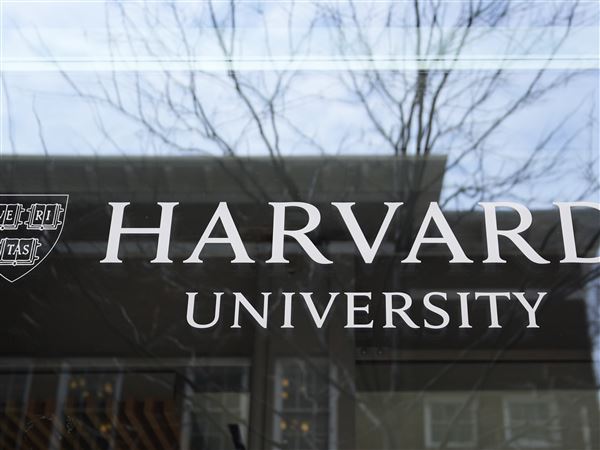COLUMBIA, S.C. -- For bargain-hunting families, state colleges and universities, supported by tax money, have long been a haven from the high cost of private education.
But tuition bargains are fading as the nation's public universities undergo a profound shift, accelerated by the recession. In most states, it is now tuition payments, not state appropriations, that cover most of the budget.
The shift has been an unwelcome surprise to Ashley Murphy, a sophomore at the University of South Carolina. When she and her twin sister, Allison, picked their colleges two years ago, costs were definitely an issue, since they are putting themselves through college.
Ashley said she chose the state flagship both because she believed that public universities offered the best education and because she thought it would be cheaper than Allison's choice, a small Baptist university where the published tuition is twice as much.
But thanks to generous financial aid, Allison is paying less. And even with a campus job and a $5,000 state scholarship, Ashley struggles to make ends meet, worries about her student loans, and is increasingly nervous about tuition increases.
"The whole thing is kind of scary, for somebody like me who's paying for college myself," said Ms. Murphy, who plans to be a teacher. "I turn 20 tomorrow, I'm already in debt, and if tuition goes up again next year, I'll be in an even worse position."
According to the Delta Cost Project, most of the nation's public research universities had more than half their costs paid by tuition in 2008, and other four-year public institutions were hovering near the 50 percent mark. With three more years of tuition increases, they, too, have probably passed it, said Jane Wellman, executive director of the project, leaving only community colleges as mostly state-financed.
And the increasing dependence on tuition has disturbing implications for access to higher education, she said.
"In the next three or four years, we're going to have more students who are spilling out the bottom, priced out of the expensive institutions," Ms. Wellman said. "We're going to be rationing opportunity. We're moving in that direction fairly rapidly."
Given that states still provide some $80 billion for higher education, some education policy experts say it is wrong to think of public universities as privatized. But they acknowledge that a fundamental reordering is under way -- and that the era of affordable four-year public universities, heavily subsidized by the state, may be over.
The burden on students is likely to keep growing. According to the Center on Budget and Policy Priorities, 30 states face shortfalls of at least 10 percent of their budgets next year. And given the difficulties of cutting costs for Medicaid or K-12 schools, which get the biggest chunk of state budgets, appropriations for higher education are likely to shrivel further, leaving public universities ever more dependent on tuition money.
The University of South Carolina has lost almost half of its state appropriations in the last three years, gets only about a quarter of its education budget from the state and is expecting another round of deep cuts next year.
"We still have our public mission, but at this point, we have more of a private funding model," said Michael Amiridis, the provost.
More states may soon find themselves in a similar position. In California, where tuition has been raised by 30 percent in the last two years.
First Published: January 24, 2011, 5:00 a.m.













